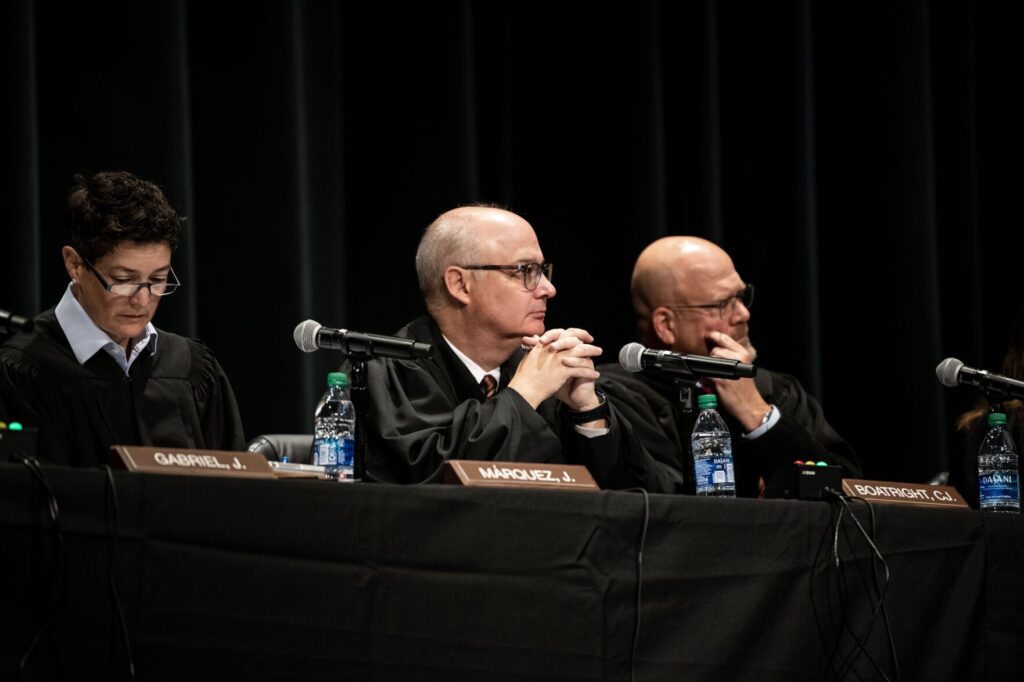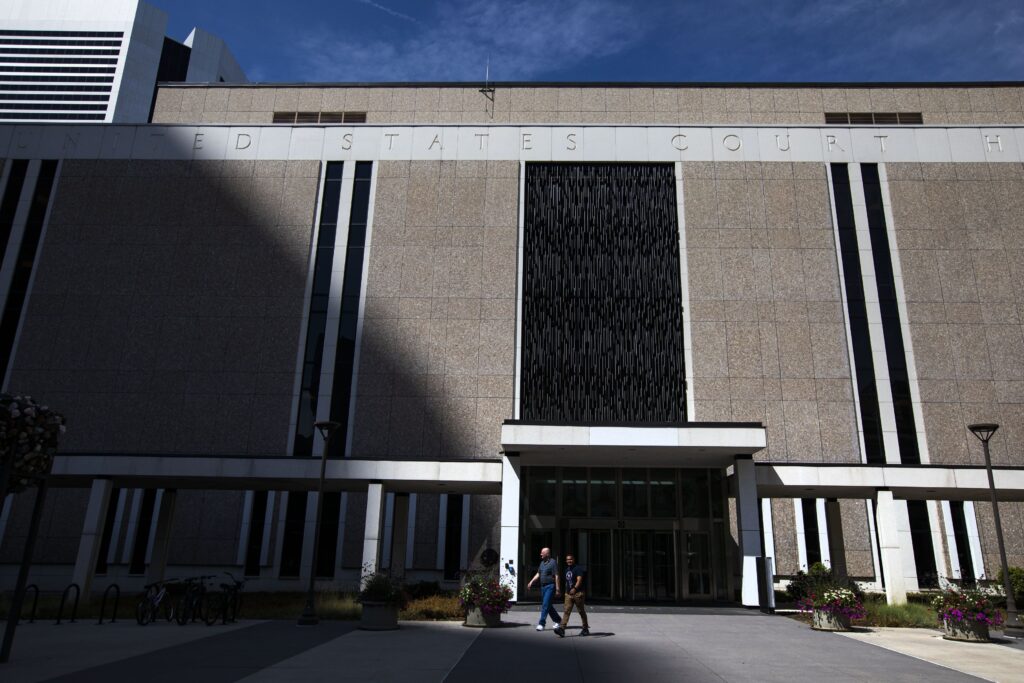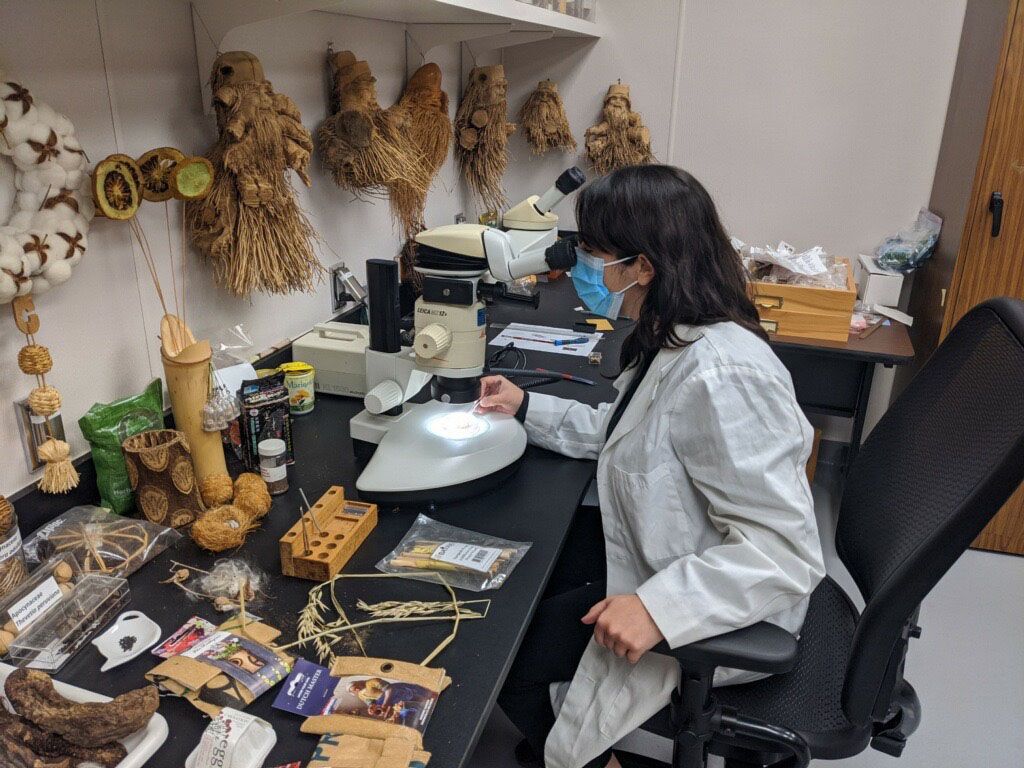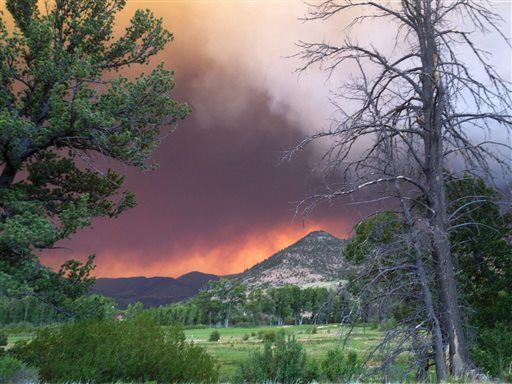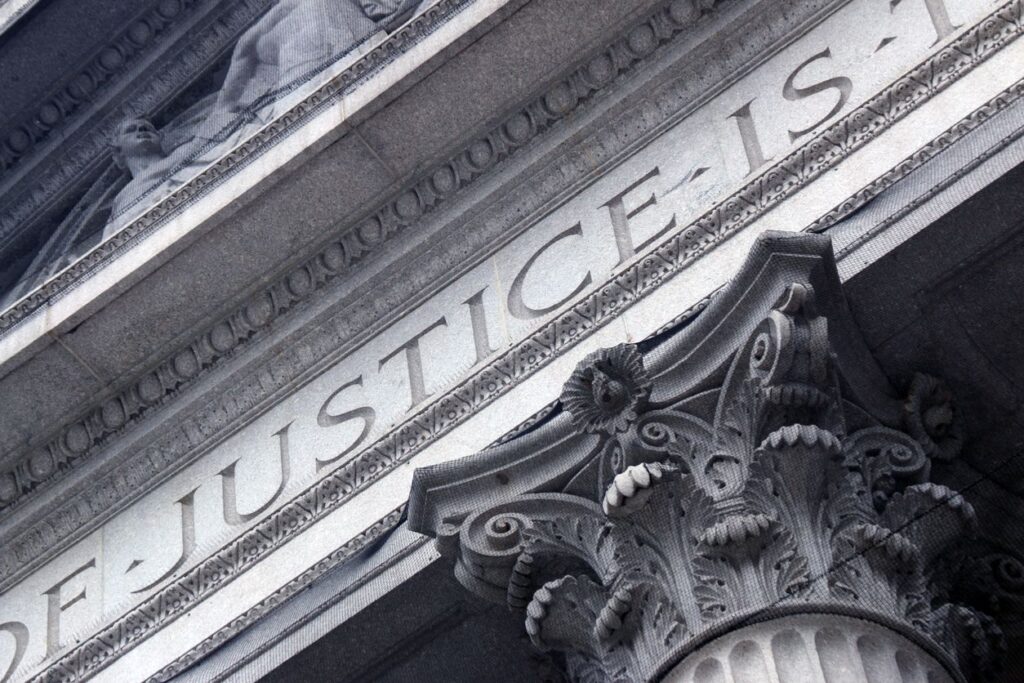Denver elections gears up for busy time
Voter registration, boosted by online registration drives by Facebook and Google in recent weeks, have swelled Denver’s numbers by 59 percent over the same period in the last general election.
Denver Elections Director Amber McReynolds presented the figures and other information to the Denver City Council Finance and Governance committee Tuesday, Oct. 4, a little more than a month before this year’s general election.
The Facebook and Google nationwide registration drive led to more than 10,000 voter “transactions,” or changes and updates, to the city voter registration database, McReynolds said. “Compared to the same two-week period in 2012, the Facebook and Google drive led to a 59 percent increase in voter transactions. It was 6,300 in 2012 and around 10,000 this year.”
So far this year, Denver elections has had 231,000 changes to the database – “that’s everything from address changes to new registration to people declaring for a party,” McReynolds noted – and now counts are more than 380,000 active voters and between 460,000 to 470,000 total voters.
“We’re definitely the largest jurisdiction in Colorado,” said McReynolds.
And for the first time, elections staff had access to the U.S. Postal Service’s change of address database to proactively update their registration lists.
“It’s much more efficient and will significantly reduce the number of undeliverable ballots and save costs,” McReynolds said.
Election Day registration has also saved money. The number of provisional ballots cast across Colorado dropped from 65,623 in 2014 to 980 in the 2014 election.
Provisional ballots are not counted until weeks after an election, she explained, and Denver had only 120 in the 2014 election.
“It’s been a tremendous success story, a huge cost savings and a better process for voters,” McReynolds said.
Recently released voter registration numbers from the Colorado Secretary of State show more active Democrats compared to Republicans statewide, something that hasn’t happened in the last 32 years. McReynolds said Denver’s traditionally strong Democratic numbers continue, with 50 percent of the city’s voters declaring for that party, 34 percent unaffiliated and 15 percent Republican.
“We are seeing our unaffiliated voter registration numbers growing at a significant rate among the millennials and those between 18 and 30,” she added.
McReynolds also assured the committee voter registration security is very high.
“There’s no way the Russians or the Chinese will hack into our system like you’ve heard about. Colorado and Denver both have some of the best security teams. You might recall Denver was targeted a couple of years ago, but since then we’ve tightened things up and did a third-party independent test on our voting system and came through great.”
Mail in ballots will be sent to the city’s registered voters beginning Monday, Oct. 17, and based on 2014 election numbers, 93 to 95 percent of Denver voters return their mail-in ballots for counting. Over 72 percent of those voters drop off their ballots at a voter service center or drive-by drop off box, McReynolds said, compared to mailing them back.
Once again, the ballots will be lengthy, she added, with two, 20-inch long pages printed on both sides, in English and Spanish. Sample ballots are available on the elections division website and will be included with the city’s Taxpayers Bill of Rights statements set to be mailed Friday, Oct. 7.
Because the ballots are long, voters who want to mail them back will need to attach 68 cents in postage, McReynolds said, although ballots will still be delivered to the elections division with a lower amount of postage.



